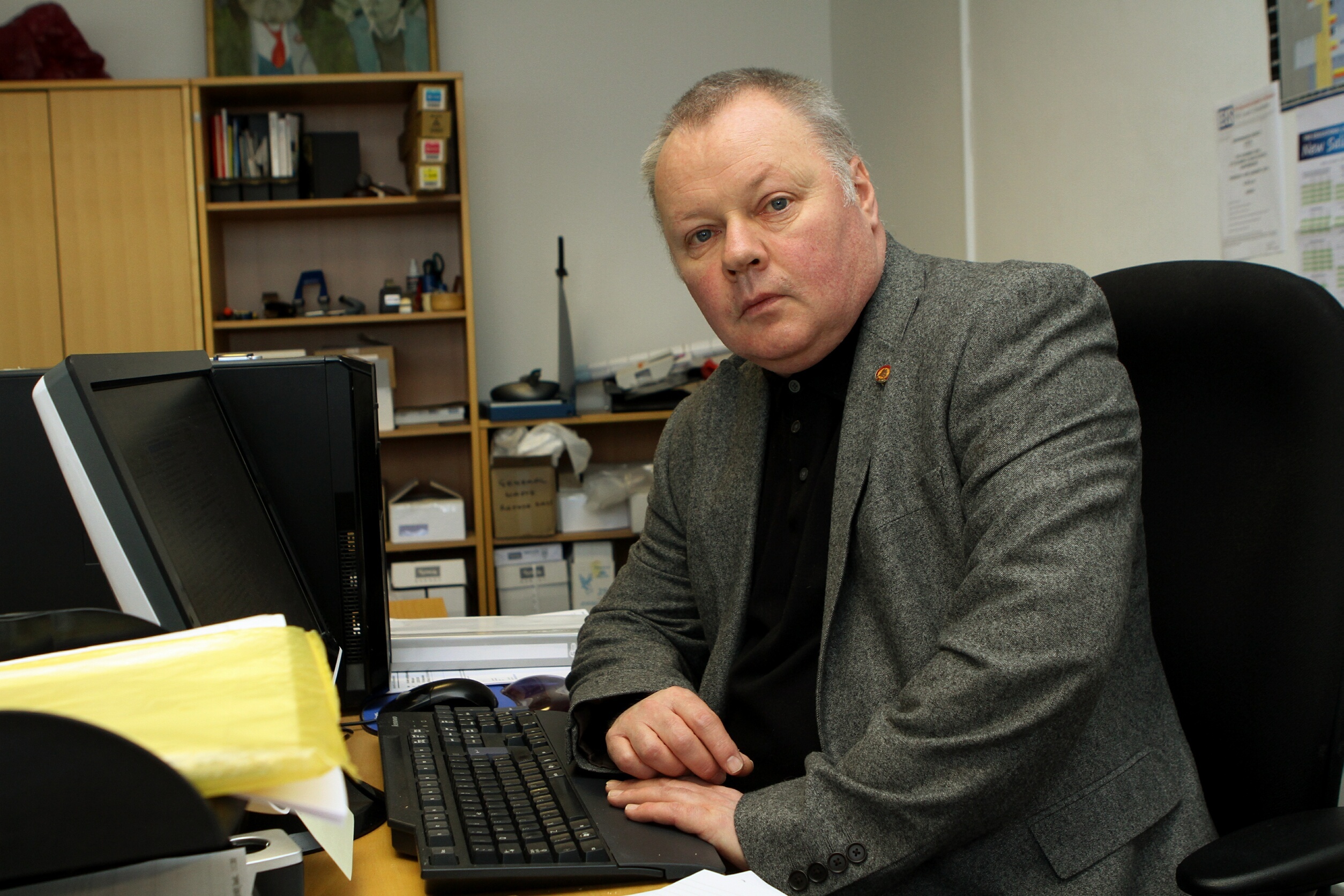Increased workload and stress on Fife’s teachers could lead to more people going off sick, a teaching union has warned.
Fife EIS has claimed both pupils and staff will suffer thanks to a £3 million cut to the education budget at a time of severe staff shortages.
As Fife Council continues to pile pressure on the Scottish Government to address a mounting nationwide teaching crisis, EIS publicity officer David Farmer said the decision made by the local authority last month would only make the situation worse.
While absence rates among teachers are still low compared to other council departments, Mr Farmer said: “Fife EIS fears that increased class sizes, increased workload and increased stress may start to degrade these absence figures,” he said.
“In an environment where there are precious few supply teachers and no money to pay for them anyway, how exactly does this cut make anything better?”
More than 250 teaching posts are unfilled in Fife and that, combined with long-term sickness, maternity leave and increasing school rolls, means many schools are struggling to cope.
Around 2,500 children across the region do not have a permanent class teacher.
The council hopes that moving staff originally put in to reduce class sizes to schools with vacancies will slash the £3.4m spent on supply teachers while ensuring every child has a regular teacher.
Council leader David Ross said the move would relieve pressure on head teachers, deputes and other teachers and would be good for education in Fife.
But Mr Farmer said the result would be a series of compulsory transfers and class sizes taken to the maximum.
“We fully acknowledge there is a crisis in staffing, the practical resolution of which lies with the Scottish Government,” he said.
“The cut, whimsically referred to as a redistribution, impacts directly on teachers and children primarily in the primary sector.
“The responsibility for the cut lies solely with Fife Council.”
Fife Council’s education spokesman Bryan Poole said doing nothing was not an option but conceded: “There is no perfect solution to this. The root problem is there are not enough teachers.
“Ideally we would like to employ more teachers but the fact is we can’t.
“So to try to make the work experience of our staff better and ensure we have a teacher in front of every youngster we are having to increase some class sizes slightly and that will release enough teachers to put into permanent posts in schools where there are shortages.”










